
An Echeveria Encyclopedia: A Complete Guide To Echeveria Plants
You may have seen this beauty before but not known its name, or you may be planning to bring some home, or perhaps you already own some in your collection. When we think of succulents, we think of this specific species that is stunning and fascinating with vibrant colors and shapes.
Allow us to introduce you to one of the best succulent species in the world, Echeveria!
If you're looking to liven up a dull room with a splash of color and attractive foliage, then look no further than the echeveria. Here we will be breaking down a few things about their origins, physical appearance, a few different types from this family, and their overall upkeep.
Welcome to the Echeveria Encyclopedia, which has a complete care guide for this plant, so you can buy some and grow them with ease.
Fun Fact: The 18th-century Mexican botanist Atanasio Echeverria y Godoy is remembered in the genus name "Echeveria."
Family & Origin

The rosette-shaped leaves of echeverias come in every imaginable hue, and these are fast-growing succulents. A wide range of vibrant leaf colors and thick, fleshy tissue give these succulents an attractive, flower-like appearance. The roughly 150 specific species that make up the genus Echeveria, all hail from the semi-arid regions of Central America, South America, and Mexico and are all members of the Crassulaceae family of plants.
Echeveria is a versatile plant that can be used as a ground cover, in a rock garden, or in a container. Echeveria is a basic and easy-to-grow succulent with a set of lovely flowers in red or orange that bloom in the spring and summer and make a stunning decor piece, whether indoors or out because of their pearlescent tones. It's easy to spot an Echeveria succulent among the crowd, thanks to the great range of colors, sizes, and forms available for this group. As a result, there is an echeveria for everyone!
Physical Appearance
These succulent species have attractive rosette foliage that can be velvety, fuzzy, crinkly, or smooth and is often covered in a powdery texture on the top surface of the leaves. This succulent can grow to the size of a dinner plate at times, but it can also remain compact. The shapes of their leaves may vary from one variety to another, showcasing their beautiful textures.

For instance, the Echeveria “Raindrops" has a globular bump in the middle of each leaf that is highly distinctive, while the Echeveria gibbiflora "Blue Curls" has ruffled blue leaves that give the entire rosette a wrinkled appearance.
How To Care For Echeveria

Echeverias, which are native to dry zone regions, are frequently comparable to kalanchoe and sedum because they all have thick, meaty, water-storing leaves. These succulent species do better in warm, humid environments than in cold, frosty ones. If you intend to grow this outside, you might want to bring the plants inside when a chilling temperature is approaching because they are not particularly cold-hardy but can take moderate frost.
These plants are ideal for forgetful people because they tolerate brief periods of neglect. Echeveria cannot float in puddles, thus watering them occasionally should be done carefully.
Soil

Like other succulents, echeveria requires well-draining, grittier soil for good development. Cacti or succulent mix from nearby nurseries can be used to prevent the roots from being injured by excessive wetness. You can make your own cacti potting mix if one is not available by combining three parts of standard potting soil, two parts of sandy soil, and either half or one part of the perlite. Perlite aids in the plant's ability to drain excess moisture, keeping its roots dry and clear of fungus diseases. If planted outdoors, echeveria can thrive in harsh, arid environments as long as the soil has a PH of at least 6.0 or is mildly acidic.
Potting & Repotting

It is not very often that you will need to re-pot these succulents. When the plant has outgrown its current pot, it should be transferred to a larger one. As spring is their active growing season, it is also the best time for repotting.
When repotting, gently remove your echeveria and lightly knock away part of the old dirt to promote healthy root development in the new soil mixture. Removing a dead or rotted root during this process is also ideal if there are any. Make sure the new potting mix is dry before replanting the plant. Don't water your plants for at least a week after you've repotted them.
Light

Echeveria demands a sufficient quantity of sunshine to avoid weak or lanky growth which will hinder them from flowering during its growing season. They need bright and direct sunlight (but not harsh rays which could burn their leaves) hence, placing your echeveria outside will encourage them to flourish. When exposed to a good quantity of sunlight, some varieties of this succulent will develop contrasting pointed leaves.
Protect your sun from the midday full-on sun beams but give them bright subtle light every day to thrive. During the winter months, when echeveria typically needs bright light but may not receive it, a grow light can be a lifesaver.
Water
Watering is one of the critical aspects of caring for echeveria. These succulents can survive in dry conditions, but they do best with infrequent, deep watering. Avoiding root rot by under-watering is preferable to over-watering. Echeveria does not like to be overwatered or neglected in extremely dry conditions. If the leaves wrinkle, it's a good sign that the plant is hinting it needs some water.
The "soak and dry" approach is ideal for watering echeverias since it allows the plant's roots to fully absorb the water at once and then dry out before the pool is drained. Don't water the rosettes because that can encourage pests to make a home there. If you want to keep the leaves from wilting, you'll need to water them more frequently in the summer and less frequently in the winter.
Humidity & Temperature
As delicate succulents, Echeveria is sensitive to both dry air and too much moisture, which can lead to root rot. Echeveria does well in the average humidity and temperature of a home, but should not be placed in humid areas such as bathrooms.
Propagating Echeveria

This is a delightful activity because the plant may be easily multiplied by stem or leaf cuttings, offsets, or seeds. Although echeveria seeds take a few months to three years to mature, the plant is worth the wait. If the plant reproduces successfully, you can get cuttings or new plants. You can transplant your plant's offsets by cutting them off at the base, letting them callus over for a few days, and then replanting them in fresh, well-drained soil. Offsets and other cutting techniques work best in spring when the plants are actively growing.
Trimming & Polishing
Even though these lovely plants don't need regular care, a trim is in order whenever they become leggy from a lack of sunshine. As a result, the plant will thrive and flourish with less care.
The fresh start symbolized by spring is reflected in the opportunity to prune trees and shrubs and give them a new, refreshed appearance through the process of spring pruning. You can do this whenever you notice dead leaves, but be careful not to damage the plant while you do so. It is a regular part of a plant's life cycle for the lower leaves to dry out and fall off. In other words, you shouldn't be concerned; the plant will keep producing new leaves, and those new leaves will eventually produce even better ones.
Get your Echeveria to Flower!

It takes at least four growing seasons for an echeveria to reach flowering maturity. If you treat them well and provide them with what they need, you may be rewarded with lantern-shaped flowers in orange, red, pink, or yellow. There are a few things to keep in mind if you want your echeveria to flourish.
- Once a month from April through September is the best time to apply a dilute solution of fertilizer to the soil.
- If you're growing them indoors, a sunny window will suffice if you want to get a lot of light
- Avoid too hot or too cold temperatures as they can discourage your stunning succulent from blooming
- Echeveria that are leggy or spindly may not flower if the lighting conditions are inadequate.
- Dead leaves can impede your succulent's growth and prevent it from blooming, so be sure to remove them.
- Keep your echeveria healthy to enjoy annual blooms of brilliant flower colors, but be wary of pests that can slowly eat away at your succulents.
And that takes us to the next part of taking care of your echeveria!
Normal Plagues & Pests
As we've already said, echeverias are simple plants, prone only to overwatering and extreme cold. However, echeveria can be susceptible to several additional problems, such as wilting or yellowing leaves, browning, and shriveling. As another potential cause of death, fungal infections must also be considered. However, if you repot it and take out the rotting, waterlogged roots, you may be able to recover the plant. If you find that your plant's leaves are turning black, it's because it's getting too much water or humidity.
It's possible that overwatering will cause your plant's leaves to wilt, bulge, and turn a pale color. Inspecting the area under and around the plant's leaves for signs of pests could actually be useful. In the case of underwatering, they dry up and lose their plump, robust appearance. Providing adequate water helps most echeverias recover quickly.
Now that we've covered almost all the categories in caring for your echeveria, let's take a look at some of its attractive types briefly to help you to start a collection of echeveria!
Check out our collection of echeveria that is worth having in your space!
1. The Echeveria Elegans

One of the most well-liked types of echeveria, this one is a sight to behold. Foliage that's as bright green as can be and forms a rosette that's as neatly arranged as a big rose are both lovely additions to a garden.
2. Lola's Echeveria

This kind has lovely pink blossoms and matures to a height of about 6 inches. Aside from looking like a huge, gorgeous rose, this plant's leaves feature soft pastel tones of pink, lavender, blue, and green.
3. Atlantis Echeveria

This one-of-a-kind plant is also known as "Peaches and Cream" because of its powdery farina coating and pink edges on deep green or colorful leaves. The rosette blooms into a long, arching bloom stalk that is pinkish-orange in color and can reach a height of 12 inches.
4. The Echeveria Apus

This type is around four inches in height and has a gentle yellowish-green tint. requiring bright, dispersed sunlight to bring out their stunning orange or scarlet tips.
5. Echeveria Fluer Blanc

Having Rosette-shaped, powdered, pale green-blue leaves, this cultivar is considered high-end. It reaches a height of about four inches and blooms delicate white flowers. A healthy dose of sunlight can help this plant achieve more delicate pink shading along its leaf edges. That's just stunning!
6. Echeveria Topsy Turvy

It is an incredible evergreen type of echeveria that grows very quickly and has waxy spoon-shaped leaves that are either gray or blue and are covered in farina. This plant does well in either partial or full sunlight.
7. Echeveria "Perle von Nurnberg"

'Perle von Nurnberg' is a fancy succulent just like its name. If given the proper conditions, it has the potential to reach a width of 6 inches. It's a gorgeous and graceful plant that blooms pink or yellow once a year and has silvery, blue, or purple leaves. How stunning is she!
An attractive visual display can be created with a wide pot and several different kinds of echeveria. If you're just getting started with succulents, these are some of the more eye-catching species of echeveria that you can bring into your house and care for with minimal effort. The vibrant colors and interesting patterns produced by echeverias make them a desirable addition to any home or office.
Pet-friendly & Toxic-Free
Echeverias are completely non-toxic, making them a fantastic houseplant for those who also share their home with pets whose paws and hands are prone to exploring their surroundings. These plants require merely a sunny location and regular deep watering before dry spells thrive.
In conclusion, echeveria is a wonderful and lovely plant that may be used both indoors and out.
Our echeveria collection here just for you!
FAQ's
-
Is there anything that can replace echeveria?
Really, nobody can say "no" to these creatures. The rosette-shaped leaves make these stunning ornamentals even more attractive. Other succulent options include the 'hens-and-chicks' haworthia and sempervivum.
2. How much sun exposure is required for echeveria?
The driest regions of Mexico and Central America are the natural habitat for these sun-loving plants. Give them plenty of direct sunshine if you're growing them outside, and put them in the brightest parts of your home if you're doing it indoors.
3. Could you tell me how long echeveria typically lives?
Depending on how closely its cultivation conditions resemble its native environment, an echeveria plant can live anywhere from three years to many decades.
4. Is echeveria toxic?
Somewhere about 150 species and countless hybrids make up the succulent plant genus Echeveria. Every species of Echeveria is considered non-toxic to humans.
______________

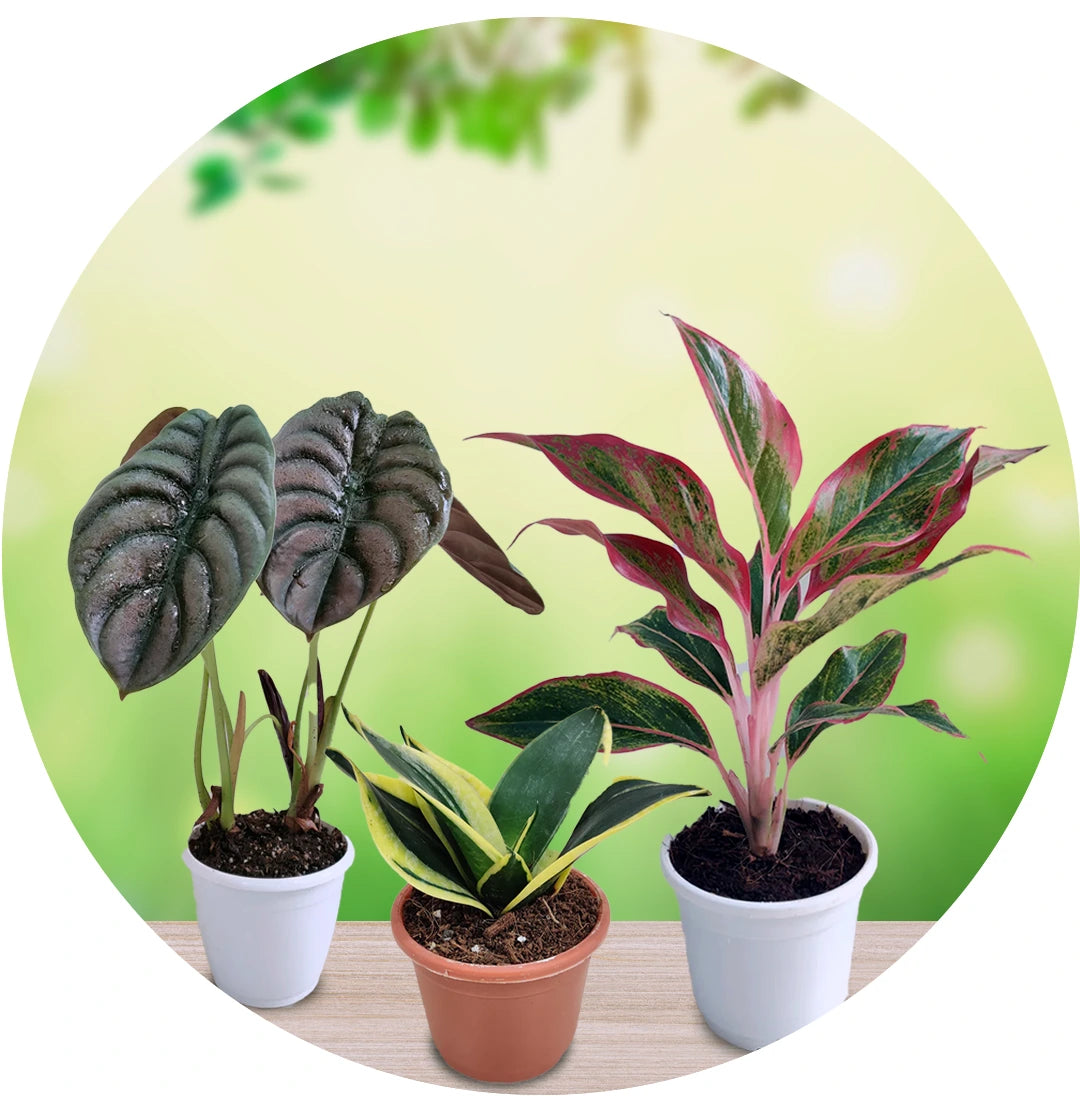
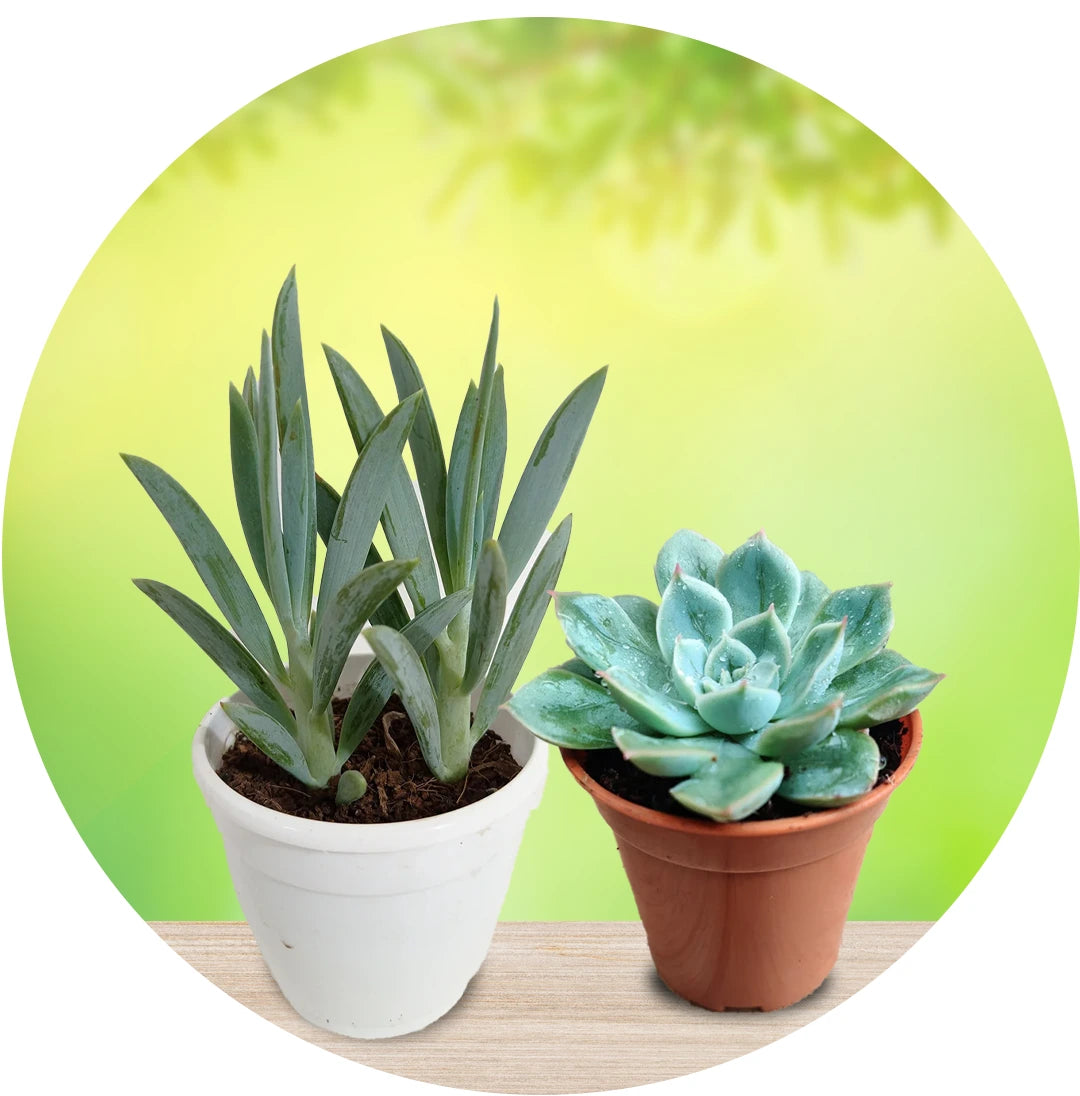
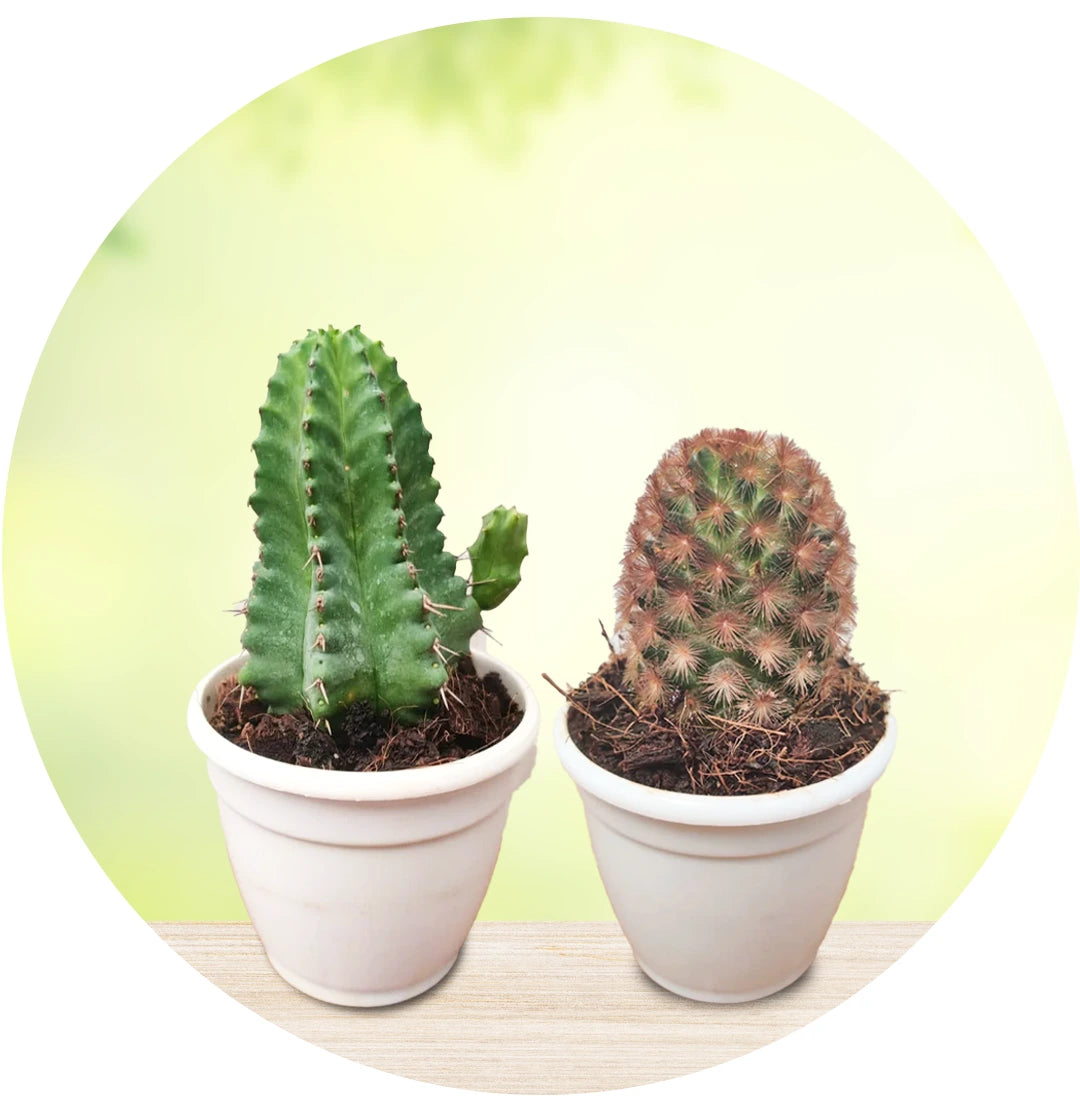
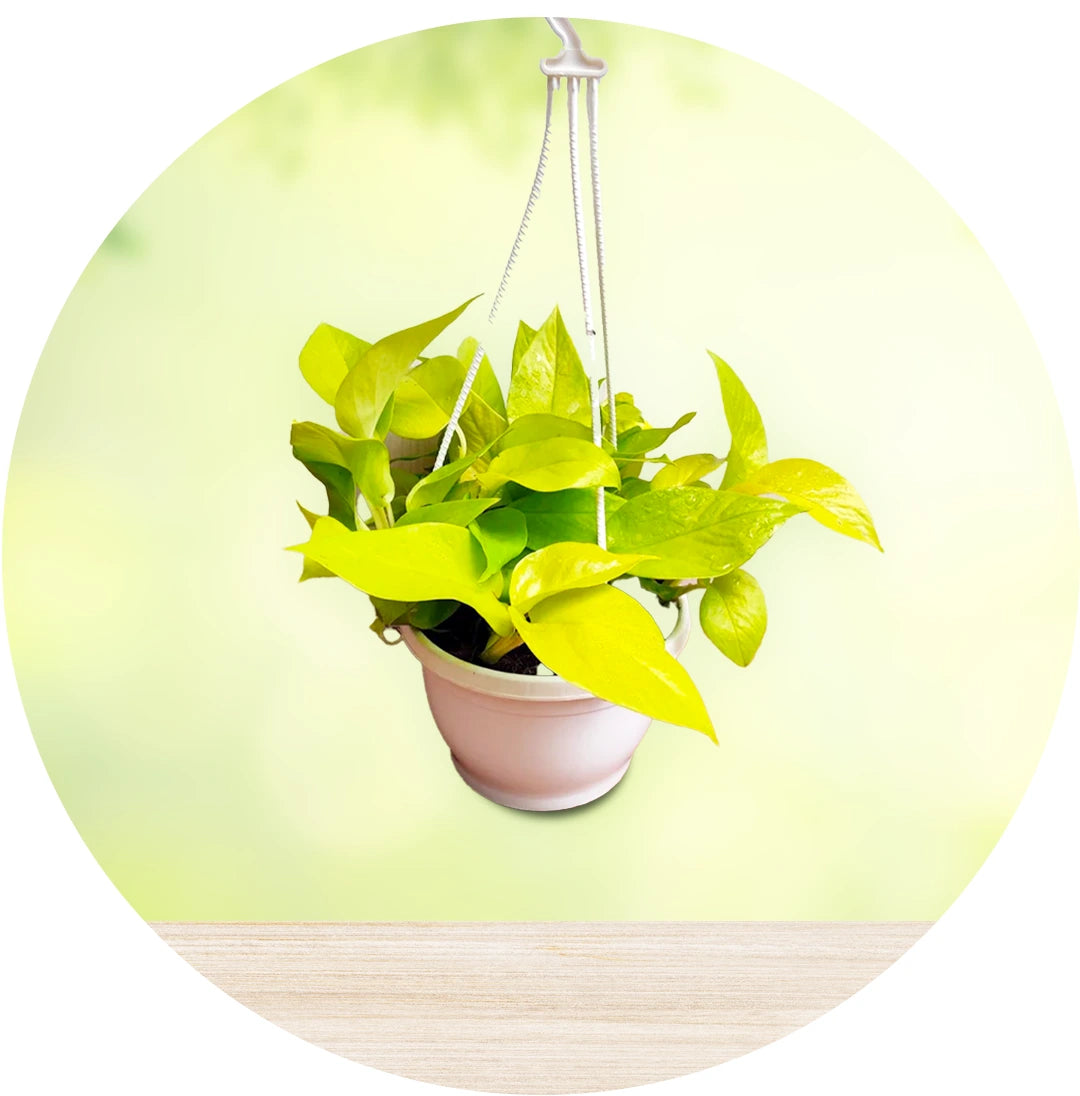
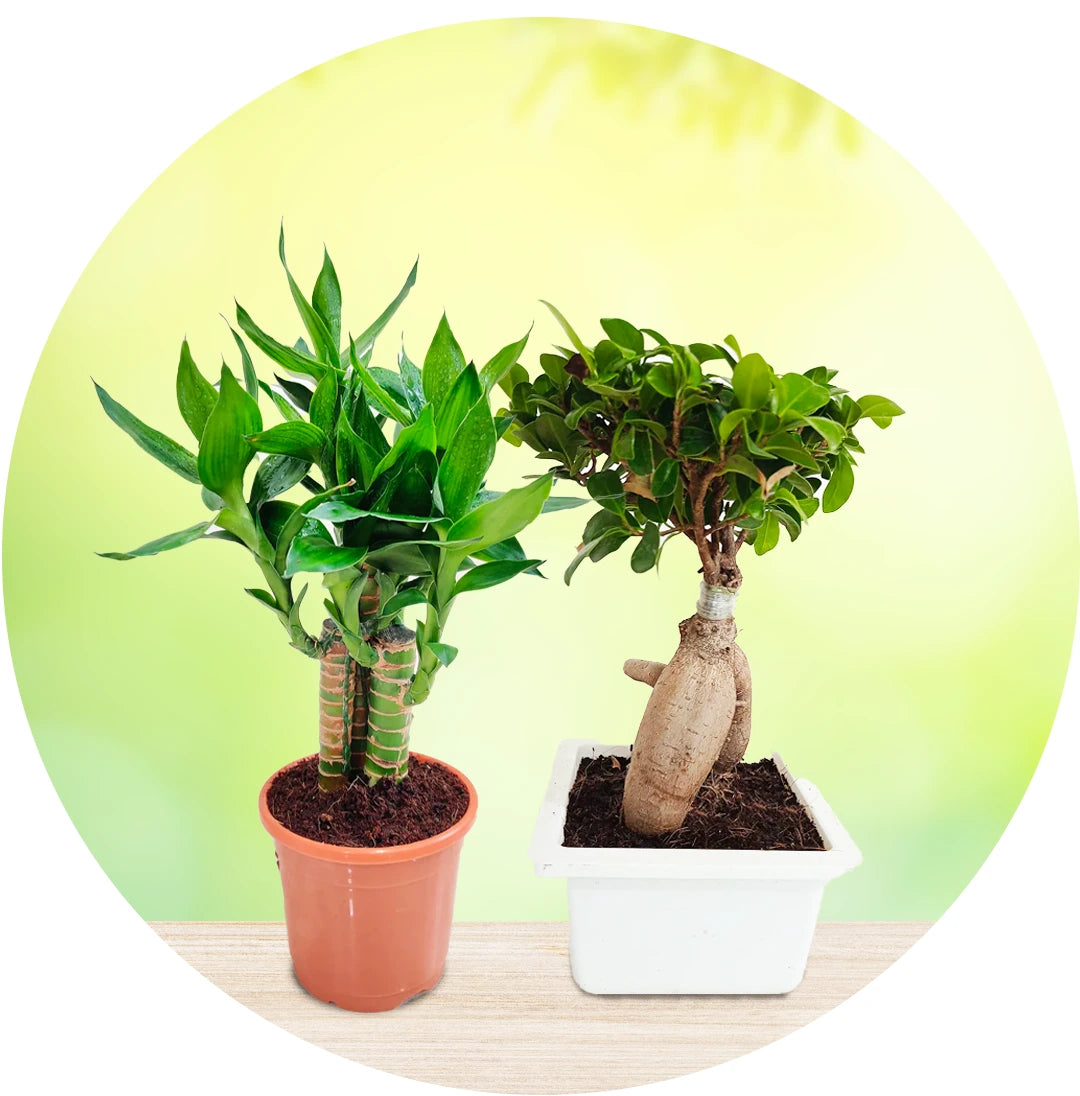
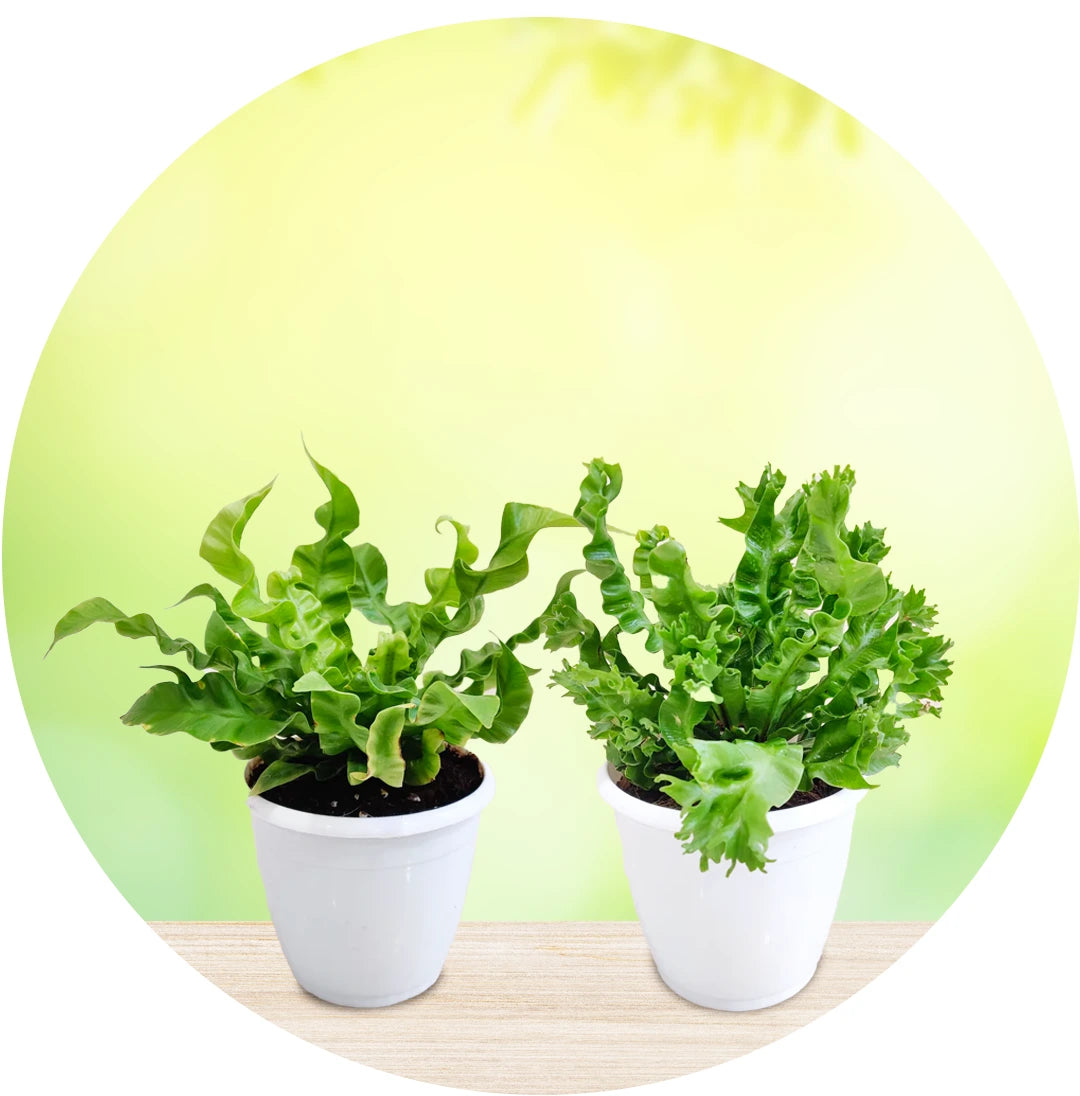
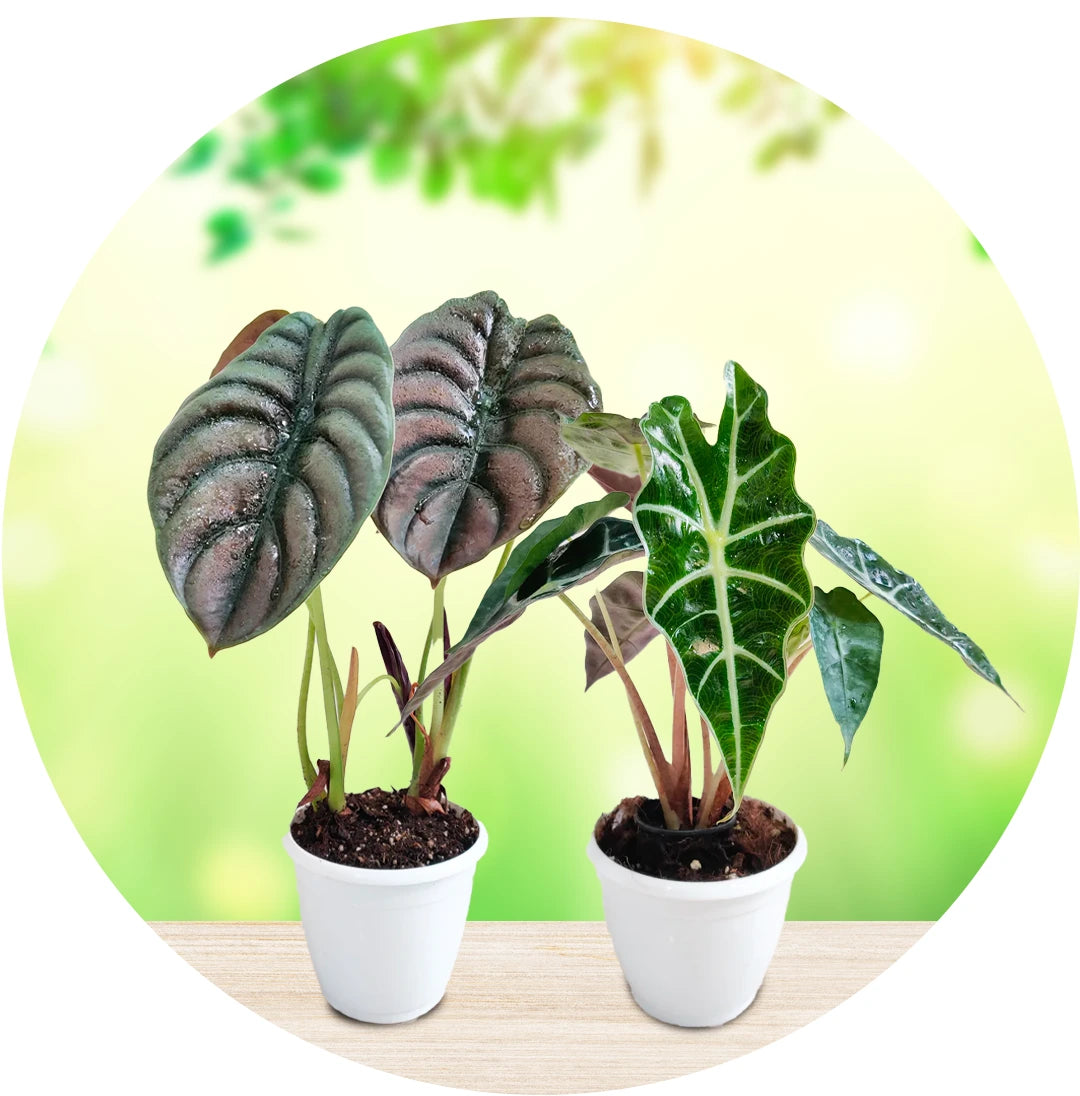
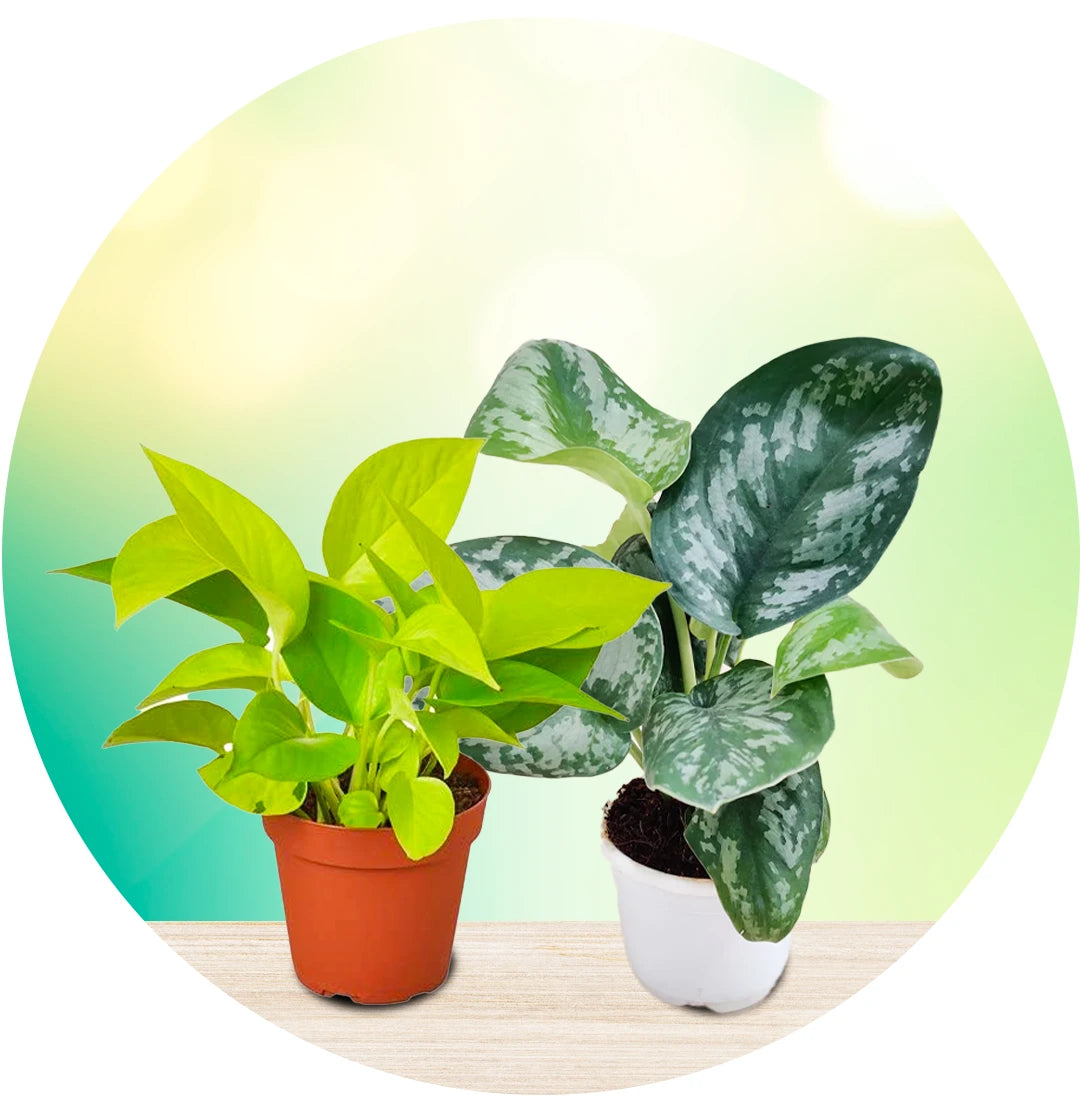
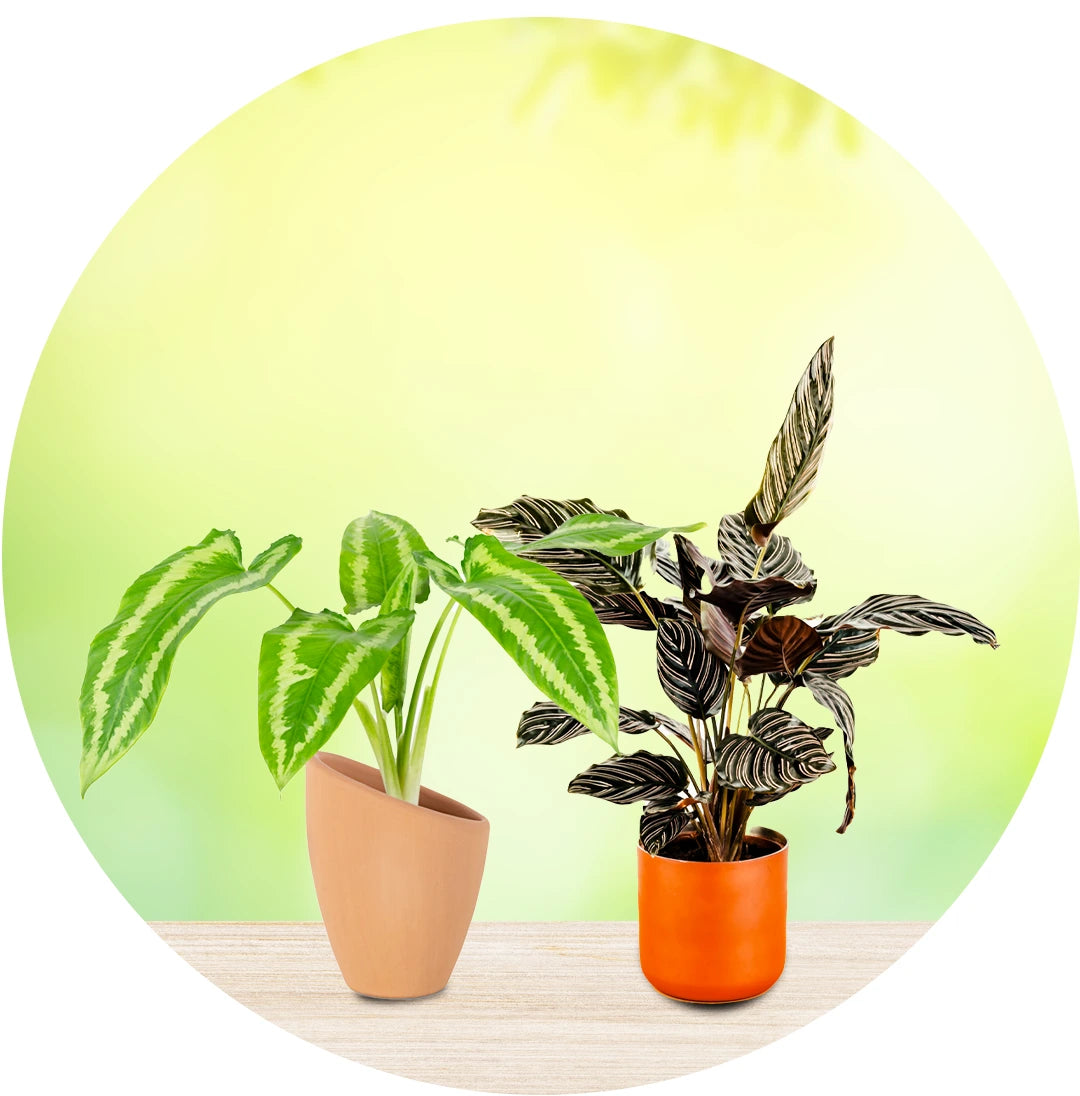
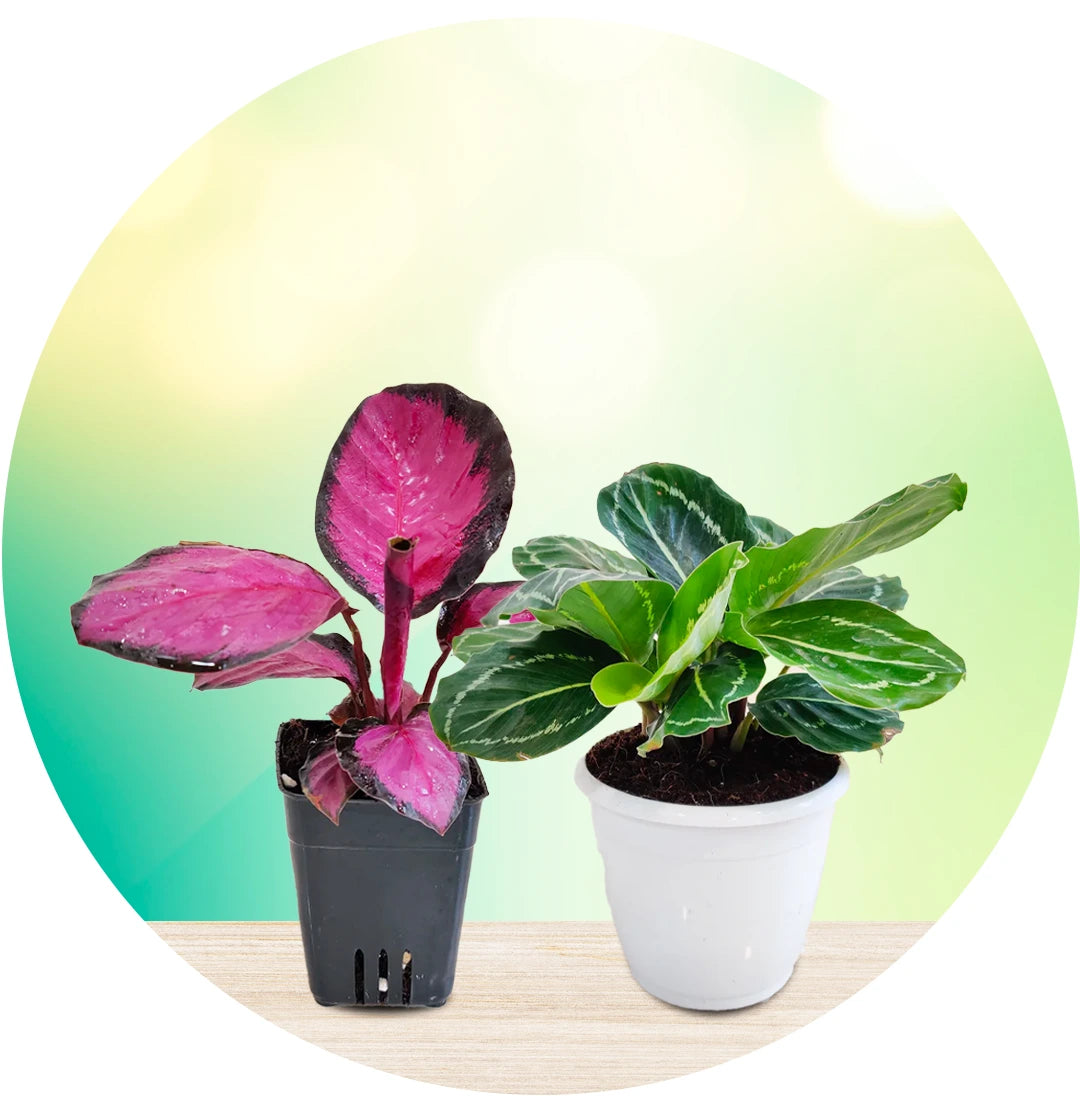
Leave a comment